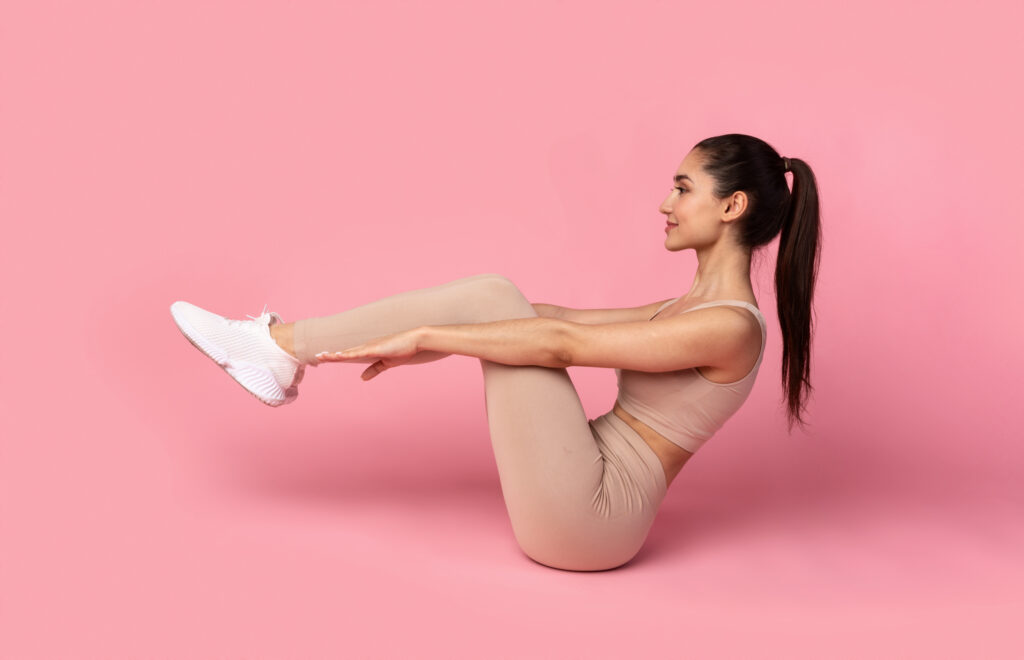When we talk about the “prime” age for a woman, especially in the context of fitness and achieving visible six pack abs, it’s essential to recognize that this is a multifaceted question, and the answer can vary depending on various factors.
Physiologically speaking, most women reach their peak muscle strength and endurance in their late 20s to early 30s. During this period, many women experience an optimal balance of muscle mass, bone density, and hormonal levels, which can be advantageous for athletic performance and muscle definition, including visible six-pack abs. Hormonal balance plays a critical role because hormones such as estrogen help in muscle recovery and protect against muscle breakdown.
However, it’s important to note that “prime” doesn’t solely rely on physiology. Experience, mental toughness, dedication, and training techniques are also vital components. Many female athletes continue to see performance improvements well into their 30s and even 40s because they accumulate knowledge about their bodies, refine their training methods, and develop a mental resilience that can sometimes outpace the natural decline in physical capabilities.
Moreover, for many women, life circumstances, including career and family choices, can impact the time and energy available for fitness endeavors. Some may find that their 30s or even 40s are their prime years because they have more resources, both in terms of time and money, to dedicate to training, nutrition, and recovery.
While physiologically, the late 20s to early 30s might be considered the prime years for many women in terms of muscle strength and definition, the concept of “prime” extends beyond just biology. Factors like training experience, mental determination, and life circumstances play significant roles. It’s never too late to pursue fitness goals, and with the right dedication and approach, many women can achieve or maintain six-pack abs well beyond what’s traditionally considered their physiological prime.

